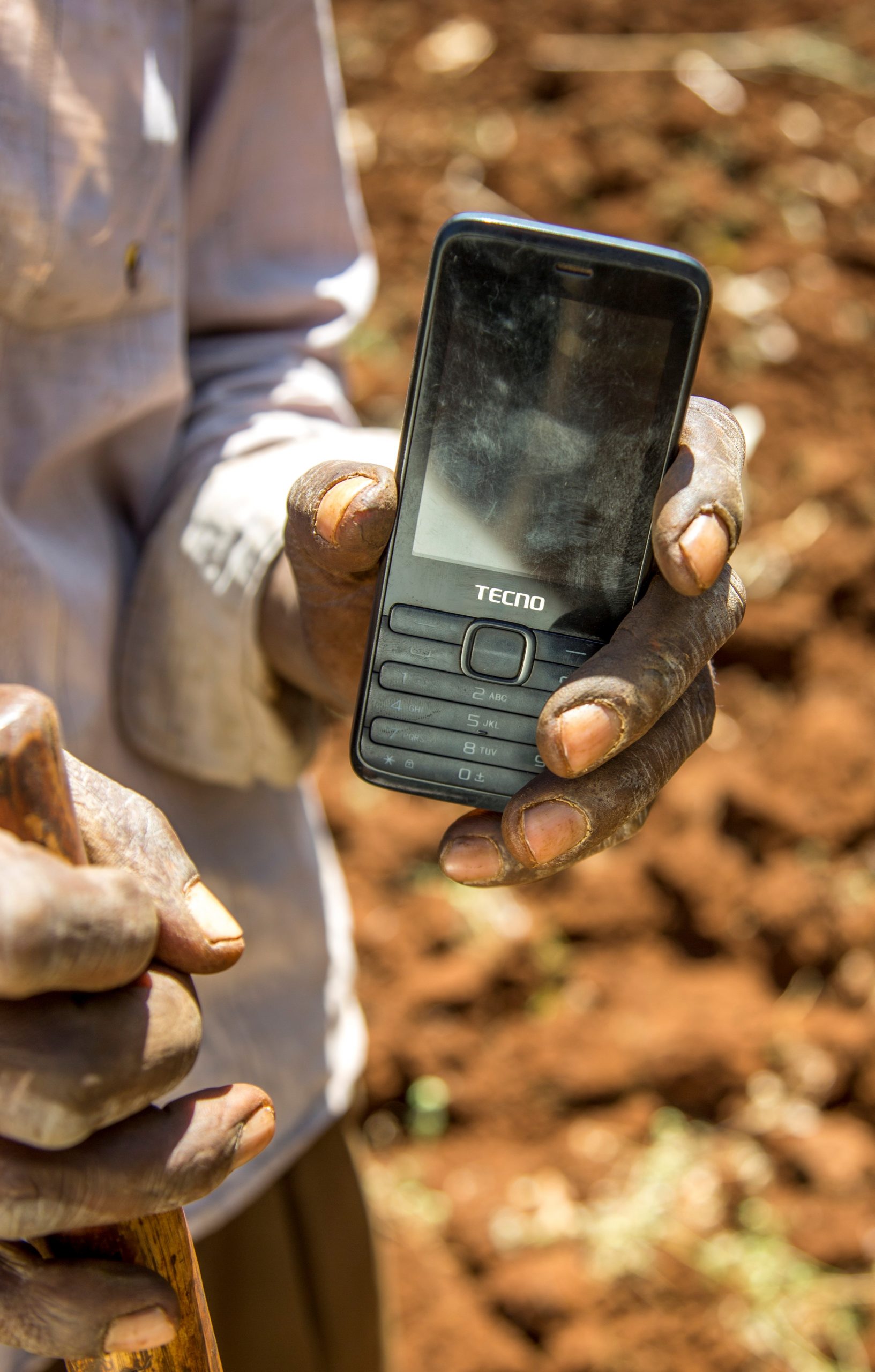[et_pb_section fb_built=”1″ admin_label=”section” _builder_version=”3.22″ custom_padding=”2px|||||”][et_pb_row admin_label=”row” _builder_version=”3.25″ background_size=”initial” background_position=”top_left” background_repeat=”repeat” min_height=”1614px” custom_padding=”||0px|||”][et_pb_column type=”4_4″ _builder_version=”3.25″ custom_padding=”|||” custom_padding__hover=”|||”][et_pb_text admin_label=”Text” _builder_version=”4.4.8″ background_size=”initial” background_position=”top_left” background_repeat=”repeat”]
SMS or Short Messaging Service has been in use as a marketing and learning tool for years now. Many organizations have used this mode of communication to try to create awareness, drive new sales, send reminders, and more recently, to use it as a learning and survey tool. Its simplicity, direct approach, relatively cheaper costs compared to other tools and increased mobile penetration has escalated its popularity over the years as the go-to mode of communication and learning for most agricultural content providers. Using SMS messages can either promote or sink a good product or service. According to Techipedia, 98% of SMS messages are opened and 83% are opened within three minutes. Therefore, getting it right is critical!
In Kenya, agricultural content providers are using SMS to provide farming tips, weather information, market prices for farm outputs, and other relevant information to empower the smallholder farmer, who earns less than $2.5 per day. But is this the best strategy to reach the smallholder farmer? Do farmers like to “text”?
We traveled to Ndumberi, a peri-urban township in the outskirts of Nairobi to visit Lucy who is a smallholder farmer rearing three dairy cows on her less than a one-acre farm. Lucy has a feature phone which she uses for information and entertainment and is planning to purchase a smartphone within a month. What’s interesting about Lucy is that although she completely trusts SMS messages from the local co-operative and uses it to receive information and keep track of her finances and outputs, she is not currently enlisted with any agricultural content provider. “The messages I get from my co-operative are very helpful. Through these messages, I am able to know how much milk I deliver on a daily basis and know what to expect as payment at the end of the month.” With assistance from her son, however, Lucy would rather use the internet to search for information that is relevant to her, watch a video, or view pictures that will help her around the farm. Lucy also prefers learning from other farmers and the co-operative’s extension workers as she learns best from visuals.
So when does it make sense to use SMS as a learning tool?
Suffice it to say that SMS communication is not right for every business but remains a powerful tool when leveraged as a complementary tool for learning. SMS messaging should support an organization’s learning and training strategy, as one facet of an instructional or informational strategy.
SMS messaging, similar to the internet, allows details to be recorded and referred to later. Having a reference point is key to the smallholder farmers since extension visits and field days in some cases are organized quarterly. Farmers can address their own issues easily and most importantly immediately. SMS messaging has the capacity to allow learning to be personalized and collaborative. Some SMS platforms have built-in quizzes that farmers can use to test their knowledge on the topics instructed. Because farmers are geographically dispersed, SMS messaging is viewed as a good way to reach a majority of them.
Where are we going wrong?
Like most farmers in her area, Angela, a poultry farmer in Athi River, had at one point signed up for an SMS-based agricultural information service but later on opted-out of the service as she felt that the SMSs were not relevant to her, yet, they were eating away at her airtime. “The messages are too many,” she explained. To receive such a message it would cost Angela approximately 5 Kenya shillings per message, and she used to receive at least three messages per week. Angelah also mentioned to us that she prefers using the internet to search for information to use around her farm. “Google is my best friend in this business,” she said jokingly.
Most SMS-based agricultural content applications are plagued by rampant opt-outs and struggle to reach critical mass. They all tend to see spikes in enrollments immediately after launch, followed by a sharp decline and then a plateau in the usage of such services.
We, therefore, pose the following questions: is SMS spamming or SMS blasts doing more harm than good? How often should a farmer like Lucy receive SMSs from the service providers? When is the best time to reach farmers like Lucy? How much is too much to charge a smallholder for the SMS services? What language is most appealing to the smallholder? With a limit of 160 characters, how long should such SMSs be, how to structure such messages, and if interactive, how deep should the SMS go? And finally, with the smallholder growing several crops while rearing multiple animals, how do the service providers achieve personalization and relevance for every farmer?
With this in mind, the use of SMS messaging as an information and learning tool remains a labyrinth to maneuver through. Join us in our journey as we unravel the best way to empower smallholders by providing them with the right content and supporting them to learn and apply emerging promising practices in agriculture and finance.
Do you think using SMS messaging is the best way to help the smallholder farmer learn? Share your opinions and case studies in the comment section below.
Author:
Rebecca Angelah Madara, the Digital Farmer Capability Lab Manager, AgriFin Accelerate Program, Mercy Corps.
[/et_pb_text][/et_pb_column][/et_pb_row][/et_pb_section]

